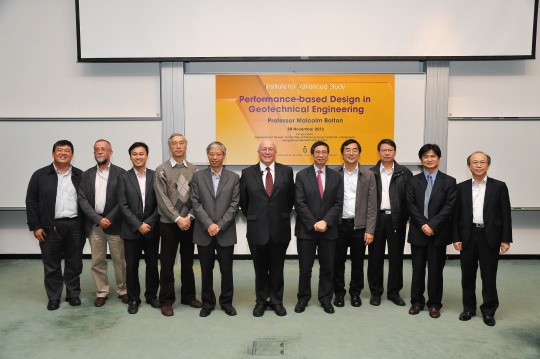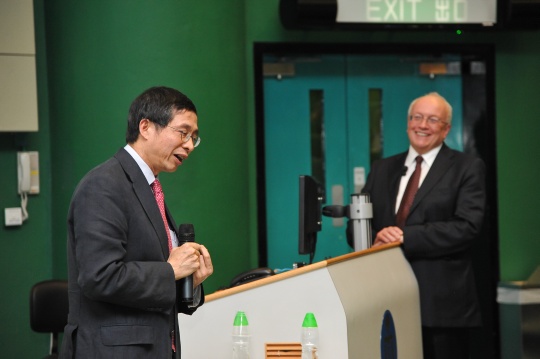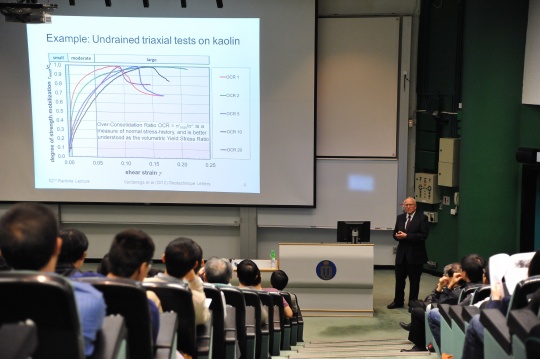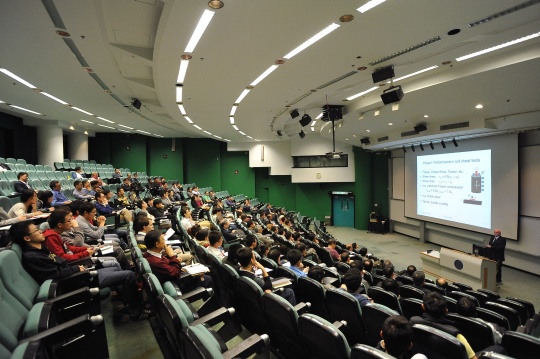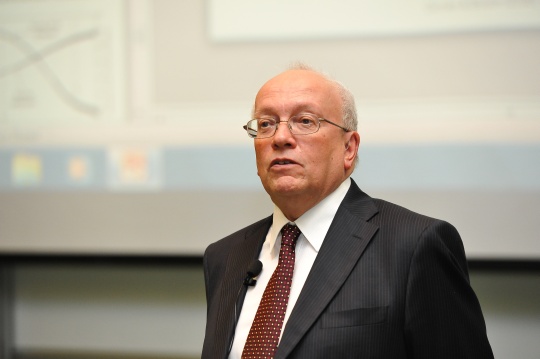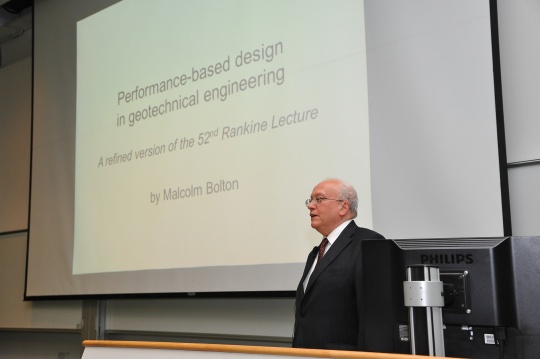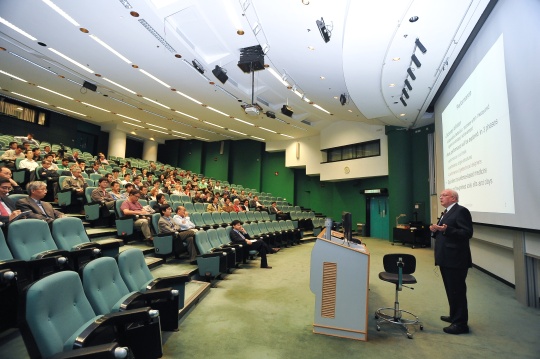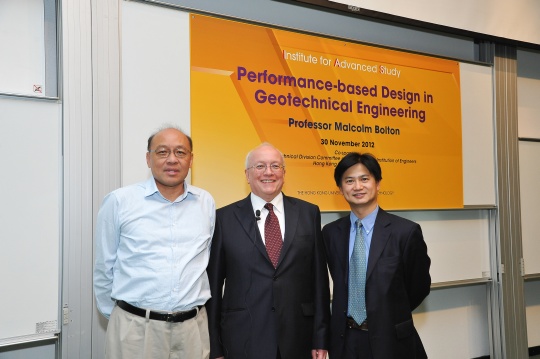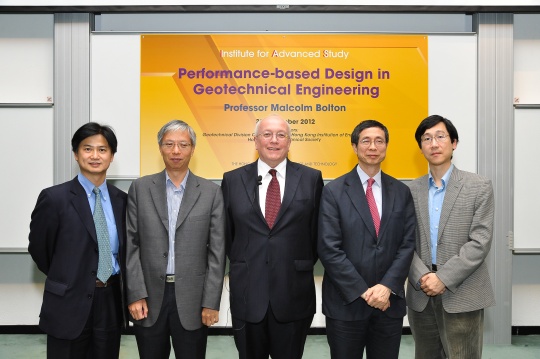Performance-based Design in Geotechnical Engineering
Abstract
Engineering design consists of a sequence of decisions which should ensure that the client’s performance requirements are satisfied. Technological advances are recognized as the key to designing and marketing consumer goods. However, the design and procurement of our civil infrastructure involves several complicating factors: it must work without the benefit of any prototype and must keep working for many decades; it is exposed to unpredictable and occasionally devastating natural hazards; and it is so expensive that its delivery involves many companies working in parallel under elaborate contractual arrangements. For whatever reason, design in Civil Engineering is widely regarded as conservative, with over-generous safety factors rooted in traditional Codes of Practice. Nevertheless, we have the responsibility to ensure that our citizens get good value for their taxes spent on infrastructure, so we must also adopt new ideas when their use has been validated. How is this to be achieved safely and economically?
This lecture will focus on perhaps the riskiest aspect of Civil Engineering - the ground. It will argue that geotechnical design criteria must be based on performance, and that this must entail the observation and prediction of ground movements. The main obstacles to overcome are the non-linear mechanical behavior of soils, and their inherent brittleness. A straightforward methodology called Mobilizable Strength Design (MSD) will be introduced by which damaging deformations can be avoided. The key is to characterize both the strength and deformability of soil elements in way that is simple and yet sufficiently accurate to be useful in practice. An appropriate deformation mechanism must then be invoked for the geotechnical structure under review. The MSD approach mimics more refined Finite Element Analysis, and can be calibrated against it. It can also provide an immediate commentary on the significance of construction monitoring. The aim is simply to place decision-making tools into the hands of the designer. Examples of its use will include slopes, earth retaining structures, and foundations.
This approach to design will be contrasted with the traditional approach of specifying safety factors. For example, the Limit State Design (LSD) approach adopted in the Eurocodes will be shown to lack objectivity, leading to designs that may either be wasteful or dangerous. It will be argued that we can now move to replace arbitrary safety factors by performance-based design criteria.
About the speaker
Prof. Malcolm Bolton graduated in Engineering from University of Cambridge in 1967 and took a MSc by research in Structural Engineering from University of Manchester. He received his PhD in Soil Mechanics from University of Cambridge in 1990. His academic career in Geotechnical Engineering started in University of Manchester Institute of Science and Technology, where he helped to develop the UK’s first geotechnical centrifuge. He returned to University of Cambridge in 1980, where he is now Professor of Soil Mechanics, Director of the Schofield Centre for Geotechnical Process and Construction Modelling, and Head of the Geotechnical and Environmental Research Group in the Department of Engineering.
Prof. Bolton is a Fellow of the Royal Academy of Engineering and holds various prizes of the UK Institutions of Civil and Structural Engineering, the British Geotechnical Association and the Canadian Geotechnical Society. He was founding chairman of the ISSMGE Technical Committee on Geo-Mechanics from Micro to Macro (GM3). He has collaborated on piles with the Giken company of Japan for 18 years, and is the founding chairman of the International Press-In Association. He served on the Slope Stability Technical Review Board for the Hong Kong Government, and acts as a consultant in relation to soil-pipeline interactions on the sea bed. He helped to draft BS8002 Earth Retaining Structures, and has over 220 publications on topics ranging from fundamental soil mechanics to a wide variety of geotechnical engineering applications.

